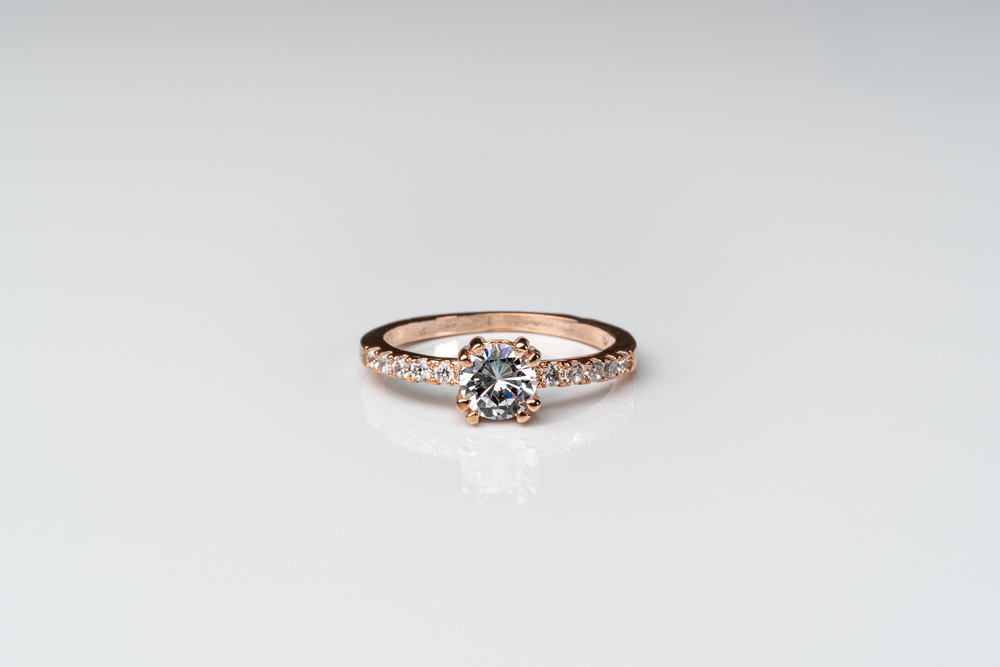
Diamonds, with their dazzling brilliance and enduring allure, have captivated human hearts for centuries. However, not all diamonds glitter in the light of legality. Some find their way into the shadows of the black market through smuggling operations, while others adorn the fingers of those who seek to display their illicit wealth. In this article, we will explore the clandestine world of smuggled diamonds and how they, along with diamond rings, are used for various illicit purposes.
The Underground Journey Of Smuggled Diamonds
Smuggled diamonds, often referred to as “blood diamonds” or “conflict diamonds,” are diamonds that are mined and traded in violation of international laws and regulations. These diamonds embark on a covert journey, escaping the scrutiny of legal channels.
Financing Illegal Activities with Smuggled Diamonds: One common use of smuggled diamonds is to finance illegal activities. Criminal organizations and rebel groups in conflict-ridden regions often turn to diamond smuggling as a lucrative source of funding. The proceeds from illicit diamond sales can be used to purchase weapons, fund insurgencies, and fuel violence in already unstable areas. Some of these smuggled diamonds are eventually crafted into exquisite diamond rings, concealing their dark origins beneath a layer of luxury.
Money Laundering with Diamond Rings: Diamonds, including diamond rings, provide an effective means for money laundering. Criminal organizations can purchase smuggled diamonds with illegally obtained funds, and then, through a series of transactions, legitimize the money’s source. This process obscures the illicit origin of the money and allows criminals to enjoy their ill-gotten gains without suspicion. Diamond rings, in particular, are popular choices for money launderers due to their high value and easy transportability.
Tax Evasion and the Role of Diamond Rings: In some cases, individuals involved in the diamond trade may use smuggled diamonds, including diamond rings, to evade taxes and other financial regulations. By dealing in unregistered diamonds, they can avoid paying taxes on their profits and hide their wealth from authorities. Diamond rings, being a prominent symbol of wealth and status, are often associated with tax evasion schemes where their value is underreported.
Avoiding Ethical Scrutiny with Smuggled Diamonds and Diamond Rings: Smuggled diamonds and the diamond rings they become can enable individuals to bypass ethical and environmental standards that govern the legitimate diamond industry. These illicit gems often come from regions with lax environmental regulations and poor labor practices, making them attractive to those who seek to avoid scrutiny and cut costs when crafting diamond rings.
The Global Response To Smuggled Diamonds And Diamond Rings
The international community has taken significant steps to combat the trade in smuggled diamonds, including those that eventually end up as diamond rings. The Kimberley Process Certification Scheme, established in 2003, is a crucial initiative aimed at preventing the trade in conflict diamonds. It requires participating countries to implement stringent controls and traceability measures to ensure that diamonds are sourced responsibly and ethically.
Consumer Awareness And Diamond Rings
Consumer awareness campaigns and initiatives have played a vital role in reducing the demand for smuggled diamonds, including those incorporated into diamond rings. Buyers are encouraged to ask for the provenance of the diamonds and diamond rings they purchase and choose those with transparent supply chains. This ethical consumer behavior can contribute to the fight against the illicit diamond trade.
In conclusion, while the allure of diamonds and diamond rings will continue to shine brightly, the shadow of smuggled diamonds remains a persistent challenge. These illicit gems find their way into the underground world of crime, financing illegal activities, enabling money laundering, and evading taxes and ethical scrutiny. The global response to this issue, led by initiatives like the Kimberley Process, is making progress in curbing the trade in smuggled diamonds, including those that ultimately take the form of exquisite diamond rings. As consumers become more aware of the importance of ethical sourcing, they too play a crucial role in reducing the demand for diamonds and diamond rings that have traveled through the dark alleys of the black market.
